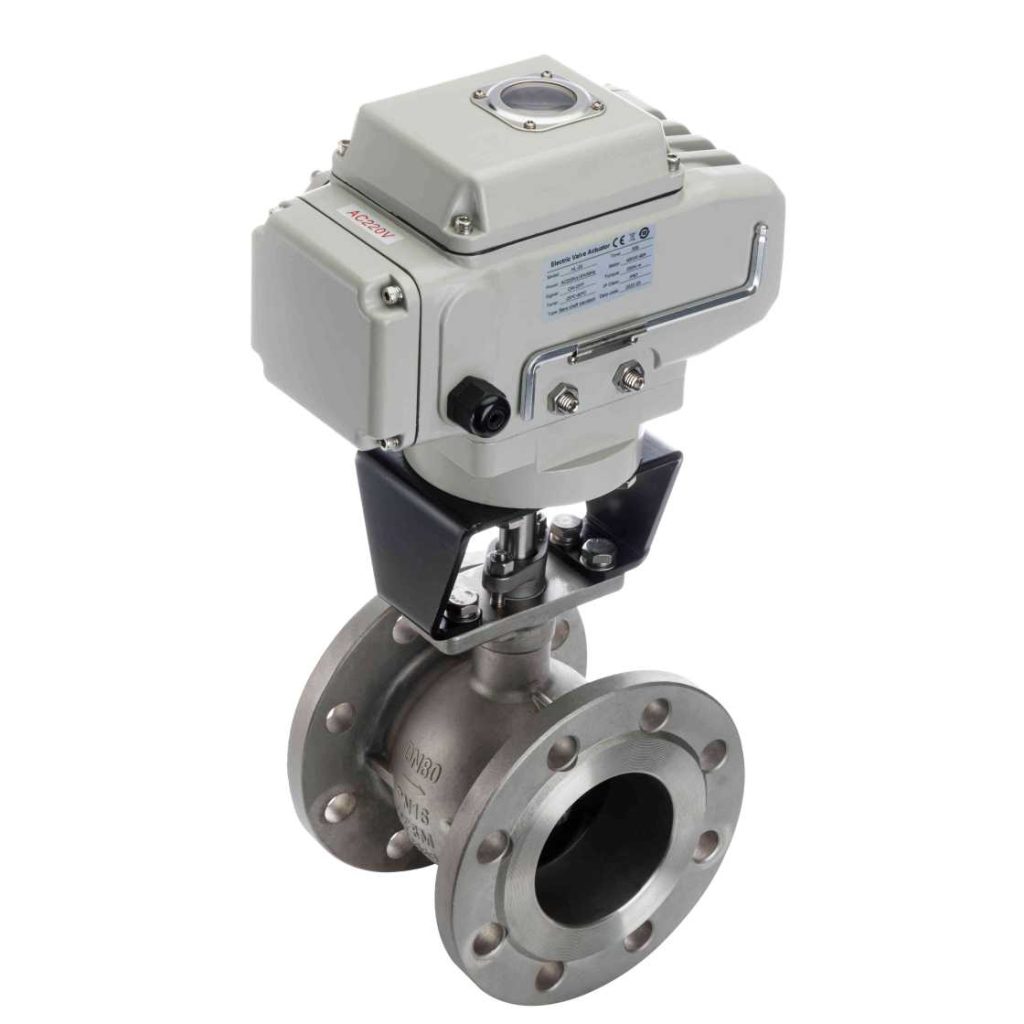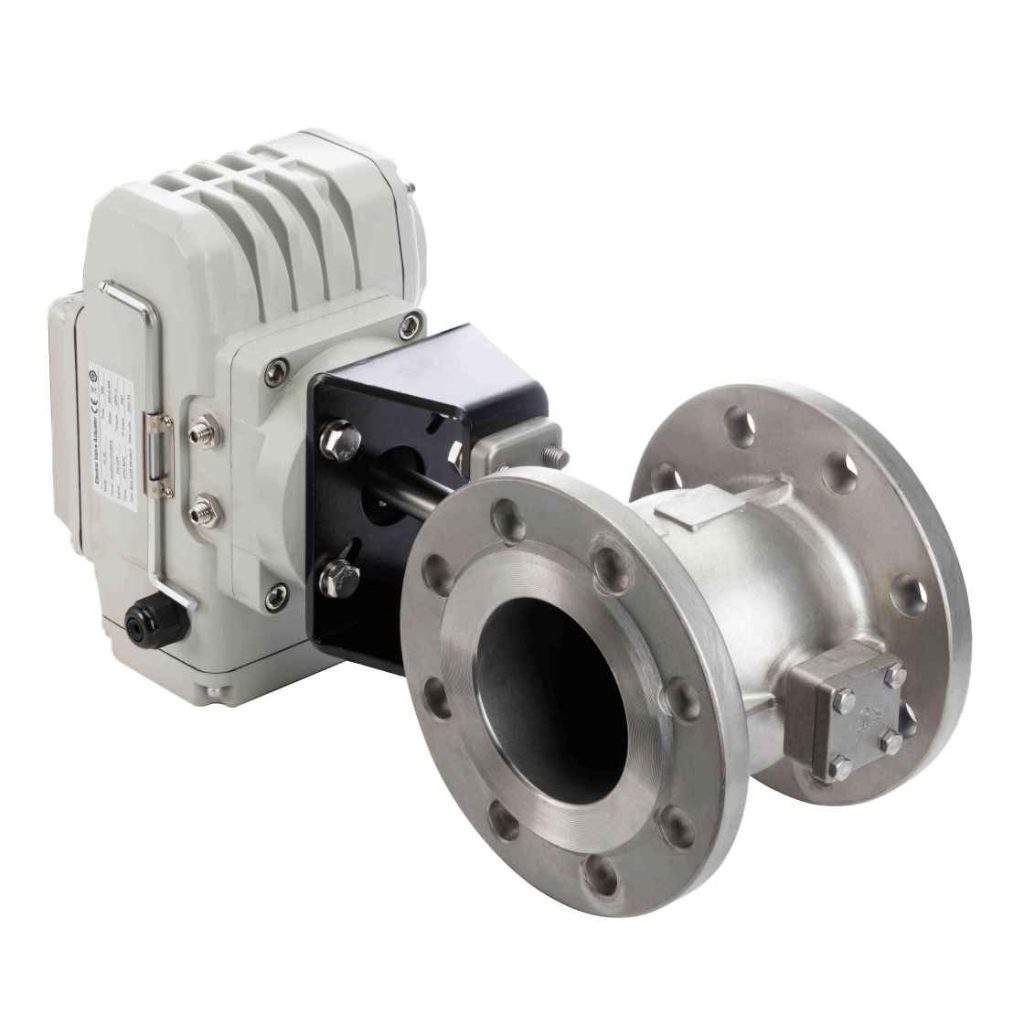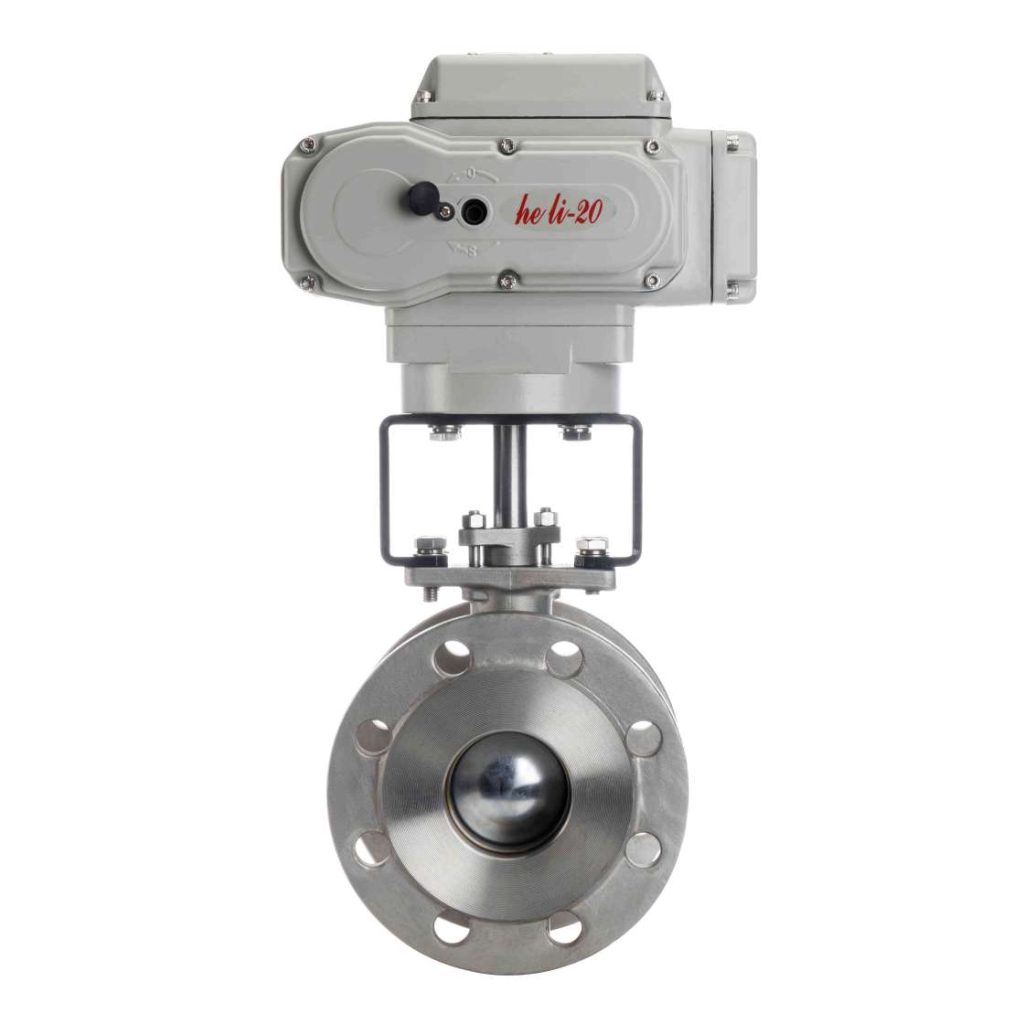Electric V-ball valves have become an essential component in industries that rely on precise flow control. These advanced valves offer a combination of versatility, precision, and efficiency, making them a preferred choice in a variety of applications. In this article, we will explore what Electric V-ball valves are, their working principles, key advantages, and applications across different sectors.

What is an Electric V-Ball Valve?

An Electric V-ball valve is a type of control valve that utilizes an electric actuator to adjust the flow of fluids. The “V” in the name refers to the shape of the valve’s internal ball, which features a “V”-shaped notch. This design allows for more accurate and responsive control of flow rates, even at low flow conditions. The electric actuator provides automated control by adjusting the valve’s position based on electrical signals, which is particularly beneficial for remote or automated systems. The V-ball valve design is inherently suitable for both throttling (flow regulation) and on/off control. The electric actuator offers precise control, enabling fine adjustments that are crucial in maintaining the desired flow characteristics. This makes the valve highly effective in maintaining the operational efficiency of systems where variable flow rates are required.
